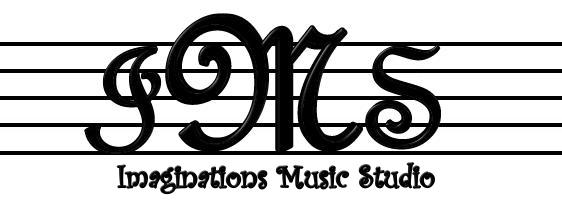
Today in Kindermusik, a lot of our activities were focused on directional vocabulary like "up", "down", "out", and even "sit", "lie down" and "roll over." These activities have an educational purpose.
0 to 18 months: directional vocabulary helps kids at this age to form concrete impressions of the words. They hear the term, see the other kids doing, and do it themselves. Moms might also assist their younger child by doing the activity TO them. For instance, for the word, "up" you might use your hand to scamper up your child's back like the squirrel we sang about today. That way if your child is not yet doing the motion, they can still feel it on their body.
18 months- 5 years: The older children really caught on to the spoken directions today! Using the directional vocabulary challenges them to listen and respond to aural cues. Add in new vocabulary to this activity at home. In class, we did many other movements in addition to the directional terms listed above. Try "roly poly" and home with shakers, sticks or other objects. Have your child come up with new activities for "walk along rover" and "little squirrel."
In addition to the directional vocabulary, we also worked on a bit of ear training in class. The slide whistle was used to demonstrate low and high pitches. Young children often confuse the term high and low with loud and soft. This is probably because we talk about turning the radio "up" or "down." Find different sounds around the house that are high in pitch and draw them to your child's attention. Do the same with low pitches. Then see if your child can imitate not only the pitch made but the sounds. This works on phonemic awareness and pitch discernment at the same time.
By physically reacting to the slide whistle, we were also creating a visual and kinethetic demonstration of sound. This not only gives your child a creative outlet to respond to the differences in pitch, but it also helps your child to make the connection between high and low.


No comments:
Post a Comment